Difference Between Lifeboats and Rescue Boats
Just as riding a motorbike is a big no without a helmet, ships are incomplete without lifeboats and rescue boats. Many of us, unknown of vessels and their various aspects, first became familiar with the concept of lifeboats and rescue boats from the movie Titanic.
Every vessel is equipped with one or more lifeboats that are usually mounted on board with a common purpose: serving as a means of escape and temporary survival in the occasion of any accident or damage to the vessel. This accident or damage refers to any unfortunate event that risks the vessel eventually sinking and jeopardising the lives of all on board. Hence, every ship must have means of mobilisation to ensure that the maximum possible number of passengers and crew on board gets evacuated in case of such mishaps.
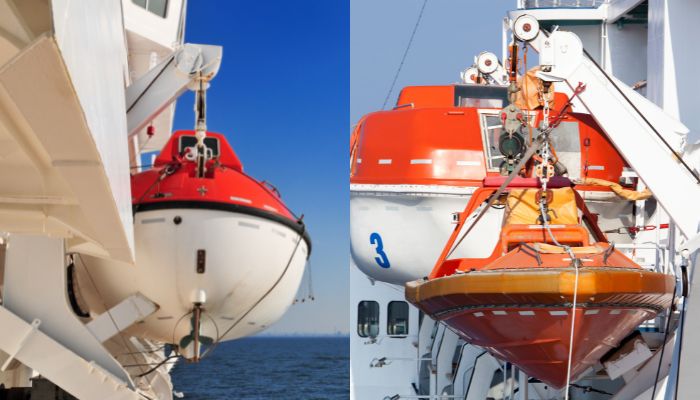
Now, we come across some familiar terms, such as lifeboats, rescue boats, whaleboats, life-rafts, life-jackets and so on, associated with any floating vessel. All these are means of safety that comes under the Safety of Lives at Sea or SOLAS framework of regulations under the IMO. They come under the purview of Life-Saving Appliances or LSA guidelines under SOLAS regulations.
This framework is a constantly evolving theory that seeks to improve and optimise the safety of lives on maritime traffic over the years with continually advancing technologies and designs that make vessels safer.
First, a lifejacket, an essential safety device, differs from the other names. A lifejacket is an inflatable equipment worn on the body like an actual jacket. It helps buoy the body on the water’s surface to prevent drowning and provide support until rescue or evacuation is available.
In practical situations, in deep seas, where the conditions are rough and sometimes in colder climates, the water is freezing, and the person has a chance of dying due to forced drowning or hypothermia if any help does not arrive on time. In other words, they are temporary means of survival only for a short period.
However, lifeboats and rescue boats are floating structures that can carry people away from the sinking or incapacitated vessel in case of any accident or mishap.
What is the difference between lifeboats and rescue boats
Though interchangeably used, lifeboats are different from rescue boats. A rescue boat is a craft used to immediately and effectively rescue persons in distress in any emergency.
Now, carefully note that the word emergency can have many meanings. It can range from the vessel being sunk to someone who might have accidentally fallen off the board to a couple of guards who have been stranded at a lighthouse on a remote island due to bad weather. In other words, rescue boats can have a wide range of applications depending on the situation in which it needs to temporarily carry a small number of persons over a certain distance.
Life raft- an example of Rescue Boats
A life-raft is a common example of a rescue boat that is inevitably present on all ships, irrespective of size and operation. Life rafts are usually small, inflatable or rigid, and mostly non-propelled survival crafts capable of rescue operations at sea. For all practical purposes, all sea-going ships should have at least one rescue boat.
As per SOLAS regulations, vessels greater than 500 gross tonnes should have two or more lifeboats depending on the size and number of crew or members on board. Passenger ships have far higher rescue boat requirements.
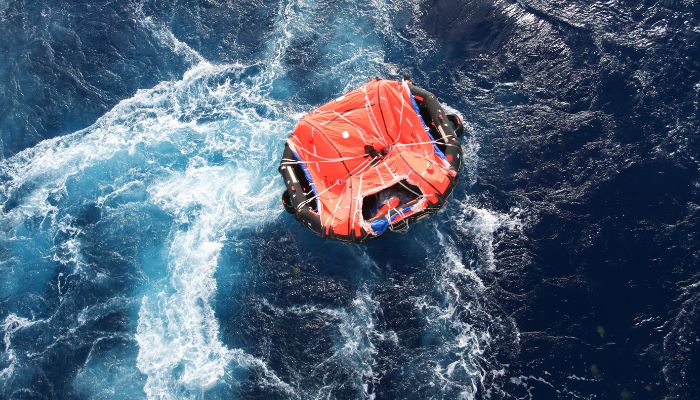
Present vessels have rescue boats in the form of IRBs, which are inflatable rubber boats made out of rubber and other synthetic materials, and RIBS, or Rigid-Hull Inflatable Boats, which are composed of both rigid and inflatable constructions. In rigid materials, aluminium, fibreglass or robust synthetic composites are used as means of construction.
Though the size may vary from ship to ship, for all practical purposes, they are at least about 4 meters in length and usually are at most 8.5 meters. They should be capable of carrying at least 4-5 members on them. They are generally non-propelled but sometime may have means of mild propulsion. As per SOLAS regulations, they should remain in the water for at least 4 hours, irrespective of the situation.
Without going deeper into the details of Life-Saving Appliances regulations, it is enough to know that at a bare minimum, rescue crafts or survival crafts/boats should have minimal means to make headway in the sea like handheld oars or paddles, bailers, some means of illumination (at night), distress signals like whistles or sound signals or some form of lighting, searchlights, some means or anchorage and tripping lines, and some amount of thermal protective means and first-aid depending on the number of people it can carry. Rescue boats are meant to be quickly released from the vessel, and inflatable ones can be more easily lowered and stowed back.
What are lifeboats?
Lifeboats are larger and more robust in construction. They are used for evacuating passengers and crew in vessel accidents. They can carry more passengers and withstand higher levels of sea states and weather conditions. Moreover, they have provisions for food, supplies, and other rations for the sustenance of the people on board for long periods.
In other words, lifeboats are advanced survival crafts for rescue or evacuation and long-term survival or sustenance at sea. On the other hand, any rescue boat should have the minimum conditions of the immediate or quick-response rescue of passengers irrespective of the subsequent sustenance period. Thus, a lifeboat can easily qualify as a rescue boat. However, any rescue boat cannot be classified as a lifeboat until and unless they meet specific requirements and descriptions as below.
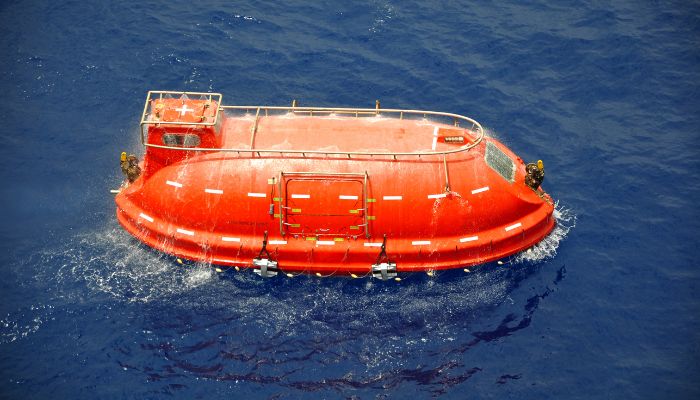
In terms of construction, lifeboats are strictly non-inflatable rigid hulls made up of approved materials that are fire-retardant, non-combustible, environmentally sustainable, and able to survive sea conditions and launching loads to a fairly good extent from a design point of view.
As per SOLAS regulations, for cargo ships, depending on the type and size of the ship, the number and the lifeboats’ size should be such that they can carry the total number of crew on board. For passenger ships, where there is a greater compliment on board, providing lifeboats for everyone is not feasible. However, the number and size of the lifeboats are optimised. In those cases, the liferafts or other forms of survival crafts are deployed accordingly to cater to the complement in situations of emergency.
However, SOLAS regulations necessitate that for passenger vessels engaged in international or intercontinental voyages, there should be a sufficient number of lifeboats on each side of the vessel such that they cater to at least 50% of the total capacity onboard. For ships engaged in short international voyages, they should cater to at least 30% of the total complement.
The rest of the share is taken care of by rescue boats or other survival crafts as required. However, for passenger vessels lesser than 500 GT, which usually are small to medium-sized ships that do not ply on seas, there is no requirement for lifeboats and one or more small-sized rescue boats or crafts, depending on the number of passengers enough.
Modern-day lifeboats consist of fibreglass, aluminium, PVC, Hypalon, or other high-quality plastic composites. Lifeboats vary in size from roughly 7 metres (as per SOLAS norms) to more than 20 meters in some cases. However, per guidelines, they should only carry up to 150 passengers.
Per guidelines, lifeboats should be sufficiently designed to sustain lives at sea, at least for some time. Other than provisions for the persons mentioned above, they have a dedicated propulsion system and anchorage, pumping and drainage, ventilation, fire protection means, primary navigation systems and so on.
Types of Lifeboats and Release Mechanisms
Based on the design, lifeboats can be either:
i) Open or
ii) Closed
Open lifeboats have no roof or covering at the top and may be manually or engine-propelled. Closed lifeboats are preferred due to their more reliable design and covering on top that offers protection from sea conditions and weather.
They are usually meant to travel greater distances after evacuation and are mostly engine or motor-propelled for all practical purposes. Some lifeboats may be partially enclosed as well. All lifeboats are painted in a recognisable orange colour for identification.
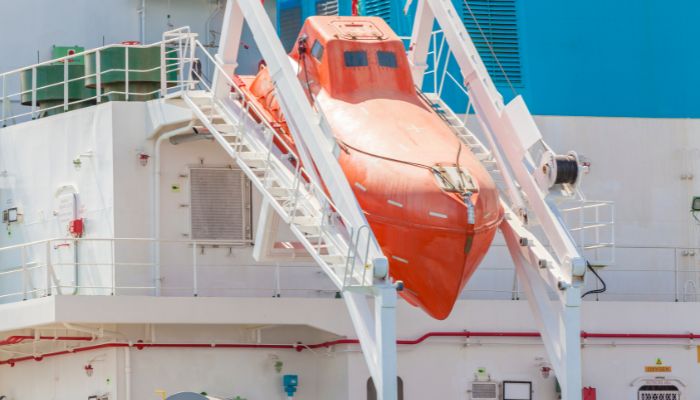
The release of lifeboats is also a matter of importance. For all practical purposes, the types of release mechanisms for lifeboats are:
a) on-load, b) off-load, and c) free fall.
Without going much into the technical details, it is enough to know that for on-load systems, the vessel is released into the water slightly before it touches its surface with the help of a cabling or suspension system.
In contrast, this suspension system is released for off-loading only after it feels the water. Free-fall ones are the ones that are directly plunged into the water without any form of release mechanism.
You might also like to read-
- What are Draft Lines Of Vessels?
- What Are Embarkation Ladders?
- What is the Stern Of A Ship?
- What Are Ship Bottom Plugs Or Dock Plugs?
- What Does Seakeeping Of Vessels Mean?
Do you have info to share with us ? Suggest a correction

About Author
Subhodeep is a Naval Architecture and Ocean Engineering graduate. Interested in the intricacies of marine structures and goal-based design aspects, he is dedicated to sharing and propagation of common technical knowledge within this sector, which, at this very moment, requires a turnabout to flourish back to its old glory.
Latest Naval Arch Articles You Would Like:
Subscribe To Our Newsletters
By subscribing, you agree to our Privacy Policy and may receive occasional deal communications; you can unsubscribe anytime.










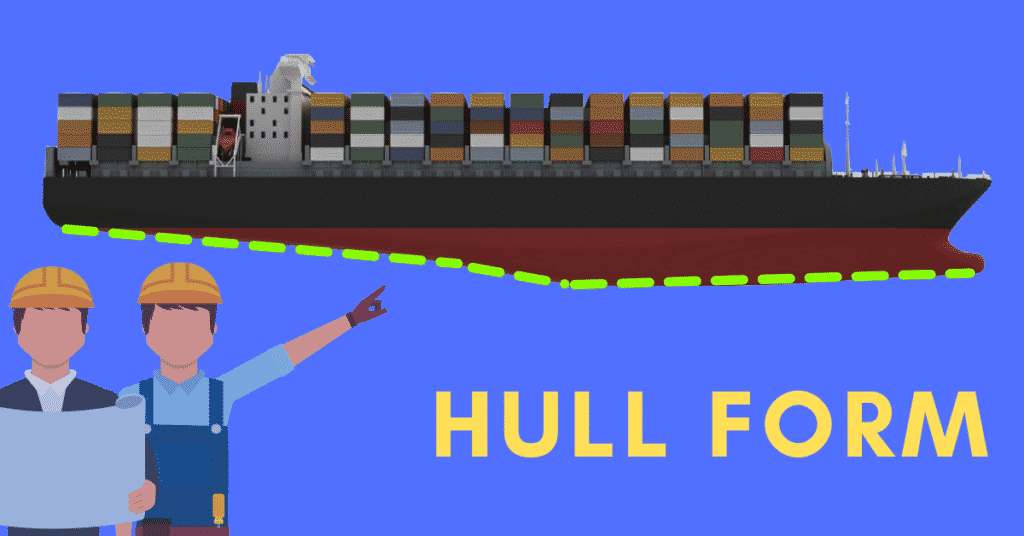
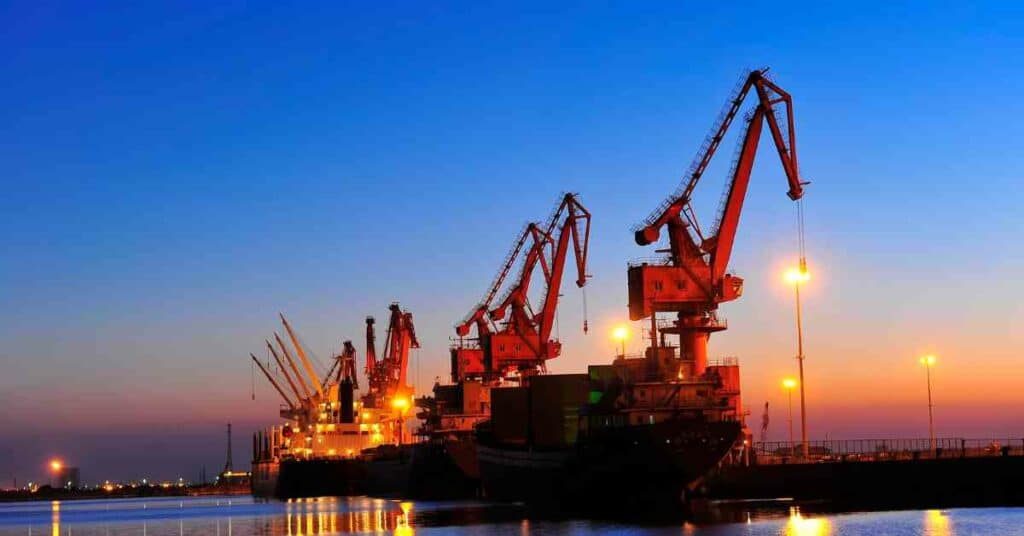
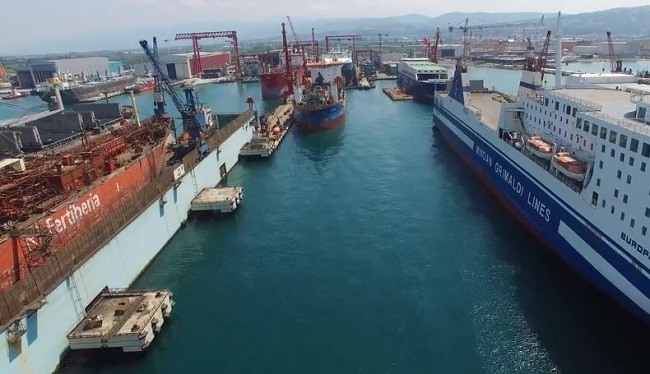

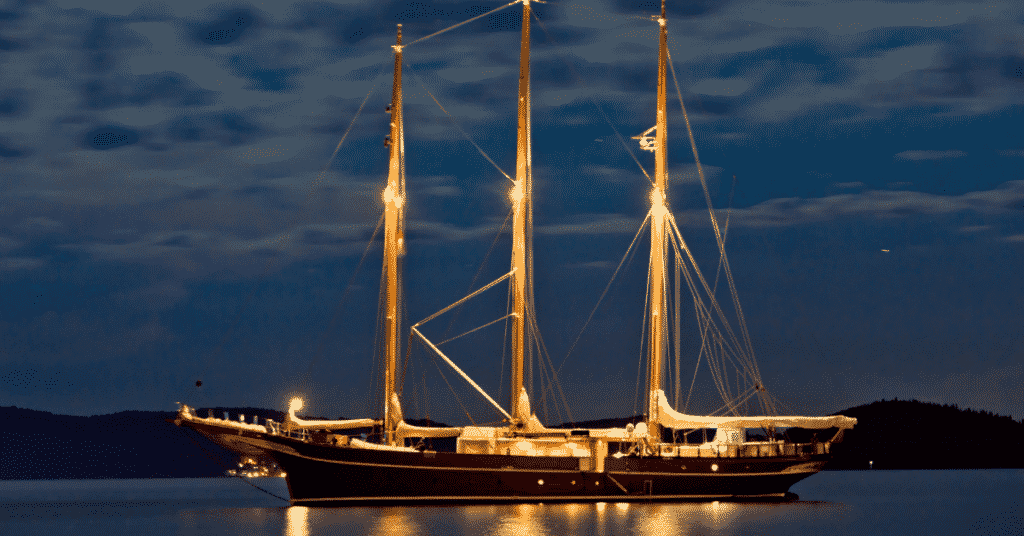
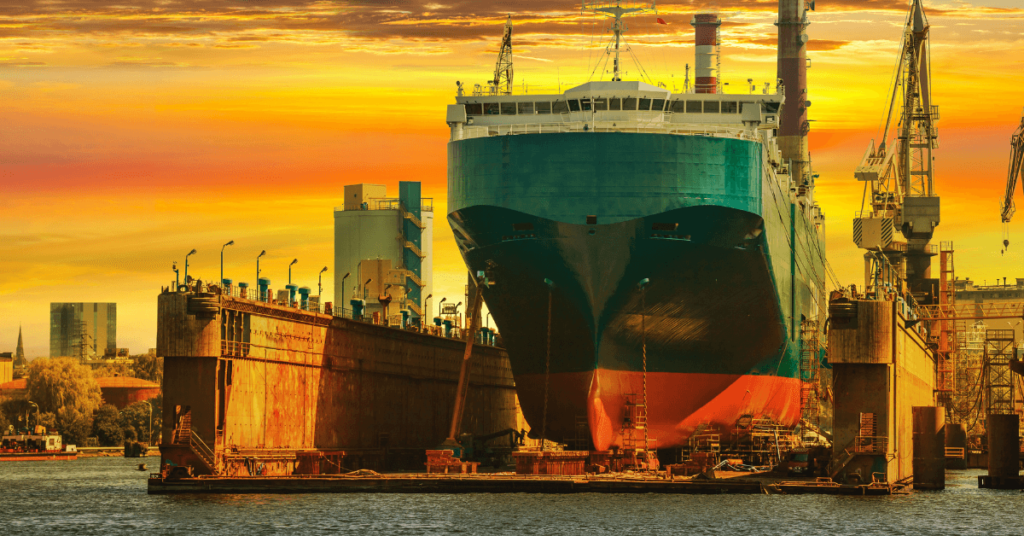
Thank you for mentioning that current vessels have rescue boats in the shape of IRBs, inflatable rubber boats made of rubber and other synthetic materials, and RIBS, or rigid-hull inflatable boats, which are made up of both rigid and inflatable constructions. My grandmother desires to construct a boat. I’ll advise her to contact a marine construction expert and make a request for inflatable rubber safety boats.
Thank you for your comment and consideration Iris